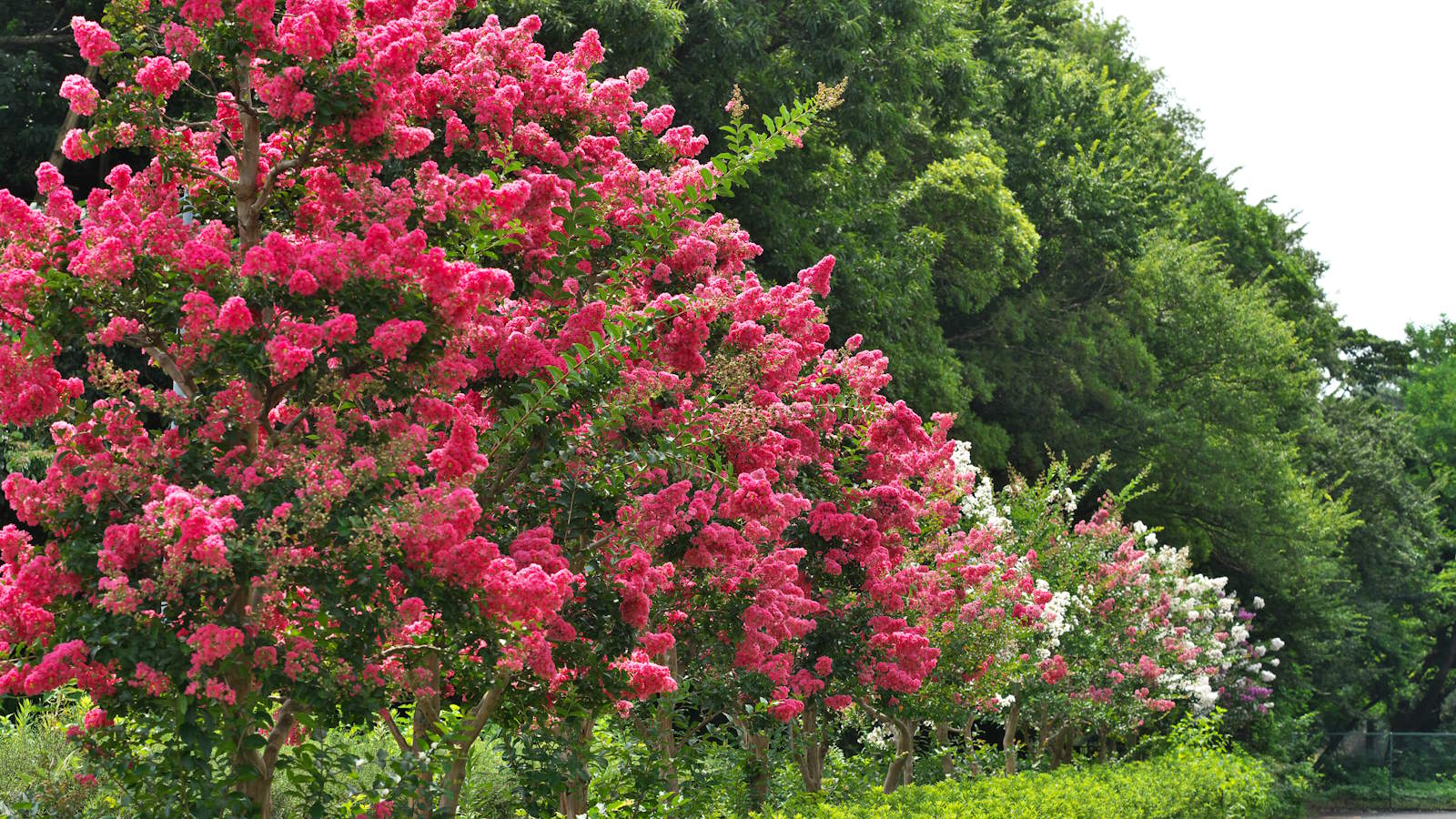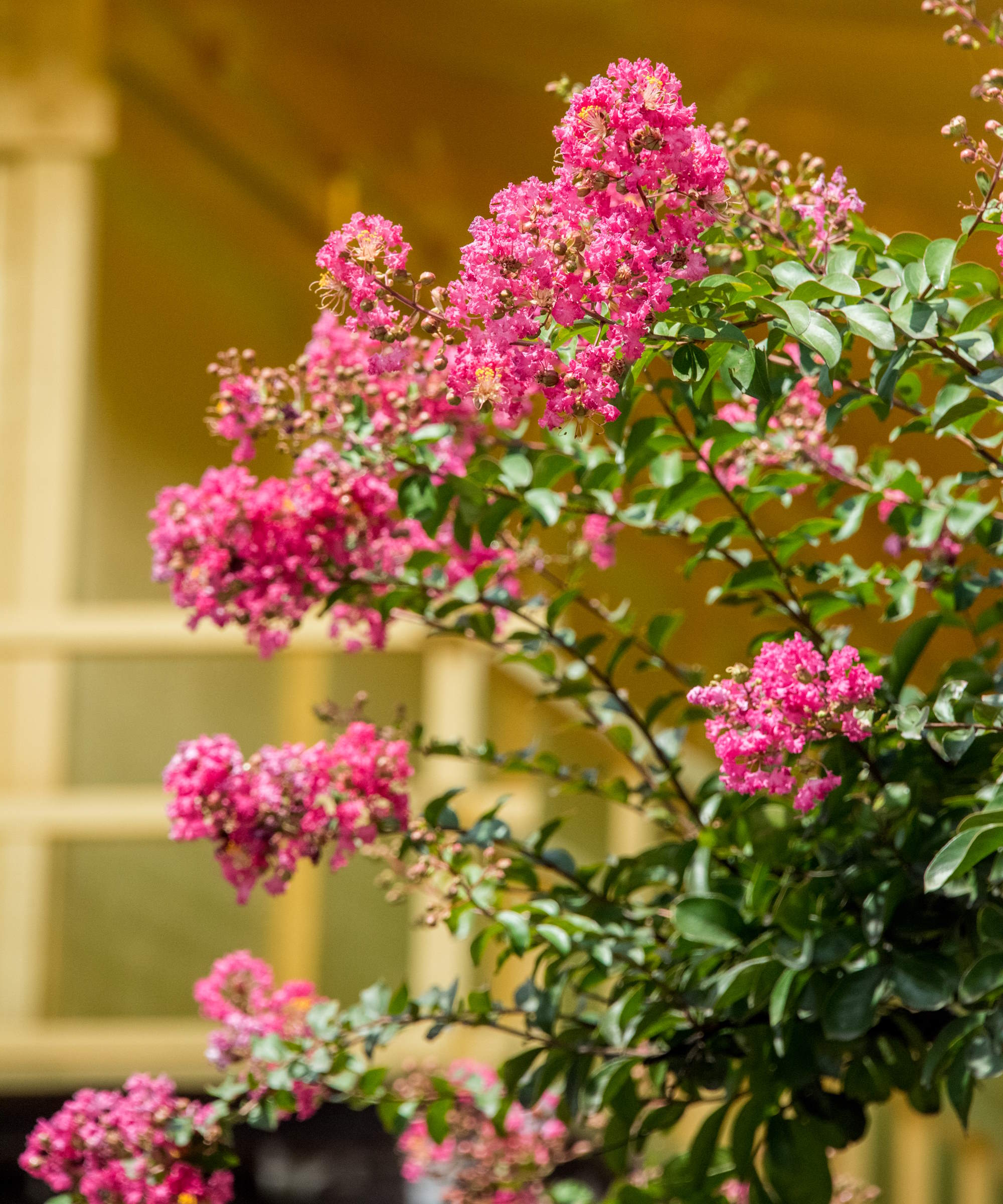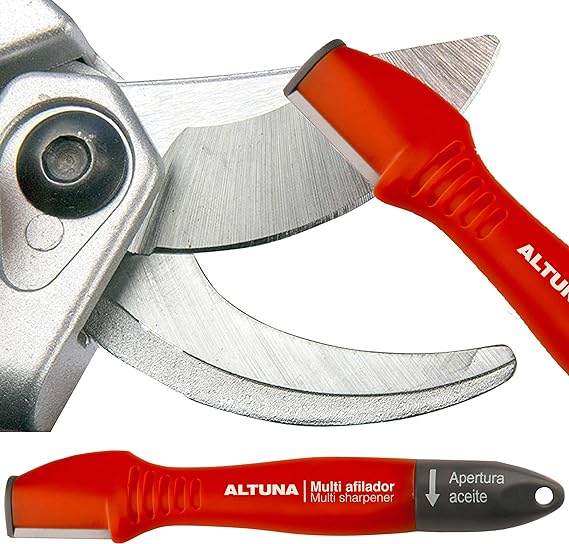When to prune crepe myrtle – plus the times to avoid trimming
Pruning crepe myrtles is highly beneficial, but when is the correct time to do it?


Crepe myrtles are stunning flowering shrubs that can be jam-packed full of bright blooms from late spring and throughout the summer. These plants, which can also be grown as small trees, can be used in a wide range of landscapes to bring color, and often scent, to a space.
To keep them looking at their absolute best, pruning crepe myrtles each year is an important task. It ensures that the shrub produces a flurry of fantastic blooms and that the flowers produced each year are not impeded by lots of older growth.
A failure to prune can lead to plants becoming dense and overgrown, which can leave them more susceptible to diseases. So, if you are growing crepe myrtle as part of your backyard ideas, make sure to remember to have pruning crepe myrtle on your to-do lists.

Crepe myrtle plants want to grow in lots of sun
What is the best time to prune a crepe myrtle?
The best time to cut crepe myrtles will depend on your US hardiness zone and the local climate for where you live. To help you fully understand when to cut crepe myrtle bushes, and avoid making any pruning mistakes that could harm your plants, we hear from a shrub expert about the best time to trim and of any potential pitfalls to avoid falling foul of.
When to trim crepe myrtles

Pruning crepe myrtles helps promote lots of blooms
The ideal time to prune crepe myrtle, as with many flowering trees and shrubs, such as if you're pruning a butterfly bush, is late winter and early spring when the plant is dormant, just before it is about to burst back into life. Heading out with the pruning shears at this stage encourages the plant to produce lots more flowers, as crepe myrtles bloom on new growth.
It is beneficial to prune before the new growth begins, the exact time of which will depend on when the temperatures start to improve post-winter in your climate. Crepe myrtle are plants to be pruned from February onwards in many locations
There are advantages to pruning when the shrub is dormant, as it can cope better with pruning at this stage of its growth and also, as a deciduous plant, the bare stems help you to get a good view of the shrub and make pruning choices. Also, by timing the trimming to just before the sap starts flowing again, the crepe myrtle can heal the pruning cuts quickly post-dormancy.
Design expertise in your inbox – from inspiring decorating ideas and beautiful celebrity homes to practical gardening advice and shopping round-ups.
A crepe myrtle will, depending on your climate and the variety, start blooming from late spring, potentially flowering all the way through summer and into fall. If you missed pruning the shrub at the ideal time in late winter, can you still trim once the plant has started growing - and even once it is flowering?
‘If winter pruning was missed, early spring is still an option for trimming crepe myrtles without a significant impact on summer flowering,’ says Autumn Hilliard-Knapp, horticulturist at Perfect Plants Nursery. ‘However, pruning in late spring may result in delayed blooming.
‘While it is possible to trim a crepe myrtle while it is in bloom, it is generally advised to wait until after the flowering period,’ adds Autumn. ‘Trimming during blooming may result in fewer flowers for the current season.’
It is recommended to avoid trimming crepe myrtles heavily during summer or fall, however, there are a couple of exceptions where you can lightly cut. The first is to deadhead spent flowers, as you would deadhead roses or deadhead dahlias, to encourage a longer display of gorgeous blooms.
The other is to remove dead, damaged, or diseased branches. As these can risk the long-term health of the shrub, it is best to remove them as-and-when they are spotted. Cutting these out should not affect the overall health of your crepe myrtle.
Autumn Hilliard-Knapp does warn against pruning crepe myrtles during fall, advising that trimming will ‘cause the plant to produce new growth at an unsuitable time in the year’.
The potential dangers of such late-season growth is that the branches won’t be hardy in time for the colder weather to arrive. They will likely be easily damaged by frosts come late fall and winter, and this can jeopardize the health of the crepe myrtle as it will be more susceptible to pests and disease.
She particularly warns of ‘aggressive pruning or topping’ of a crepe myrtle during the wrong times of year. ‘This can lead to the removal of developed scaffold branches and the growth of weak shoots that are unable to support blooms, impacting the tree's overall structure and flowering capacity,’ Autumn adds.

Autumn Hilliard-Knapp is a horticulture specialist at Perfect Plants Nursery, located in North Florida, who has a wealth of knowledge and expertise in plant care, landscape design, and gardening best practices
Tools for pruning crepe myrtle
FAQs
When is it too late to prune a crepe myrtle?
The ideal time to trim a crepe myrtle is always going to be late winter or early spring. Cutting in later in spring can be a reason why a crepe myrtle is not blooming, as you remove new growth that the plant will flower on - so it is not advisable to prune once the plant is starting to bloom. A potential window to cut again starts once the shrub has finished flowering, though it is a small window and you should not trim after late summer has ended.
The most important thing to remember, if you have crepe myrtles as part of your backyard landscaping, is to add pruning them to your winter gardening checklist. Wait until the plant is set to start growing, and the risk of frosts for your climate is over, to head out and start to lightly prune to maintain the height and shape of the plant. For more information about this colorful shrub, see our guide on how to propagate crepe myrtle.

Drew has worked as a writer since 2008 and was also a professional gardener for many years. As a trained horticulturist, he worked in prestigious historic gardens, including Hanbury Hall and the world-famous Hidcote Manor Garden. He also spent time as a specialist kitchen gardener at Soho Farmhouse and Netherby Hall, where he grew vegetables, fruit, herbs, and cut flowers for restaurants. Drew has written for numerous print and online publications and is an allotment holder and garden blogger. He is shortlisted for the Digital Gardening Writer of the Year at the 2025 Garden Media Guild Awards.


